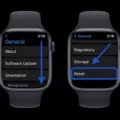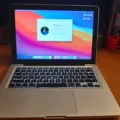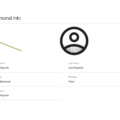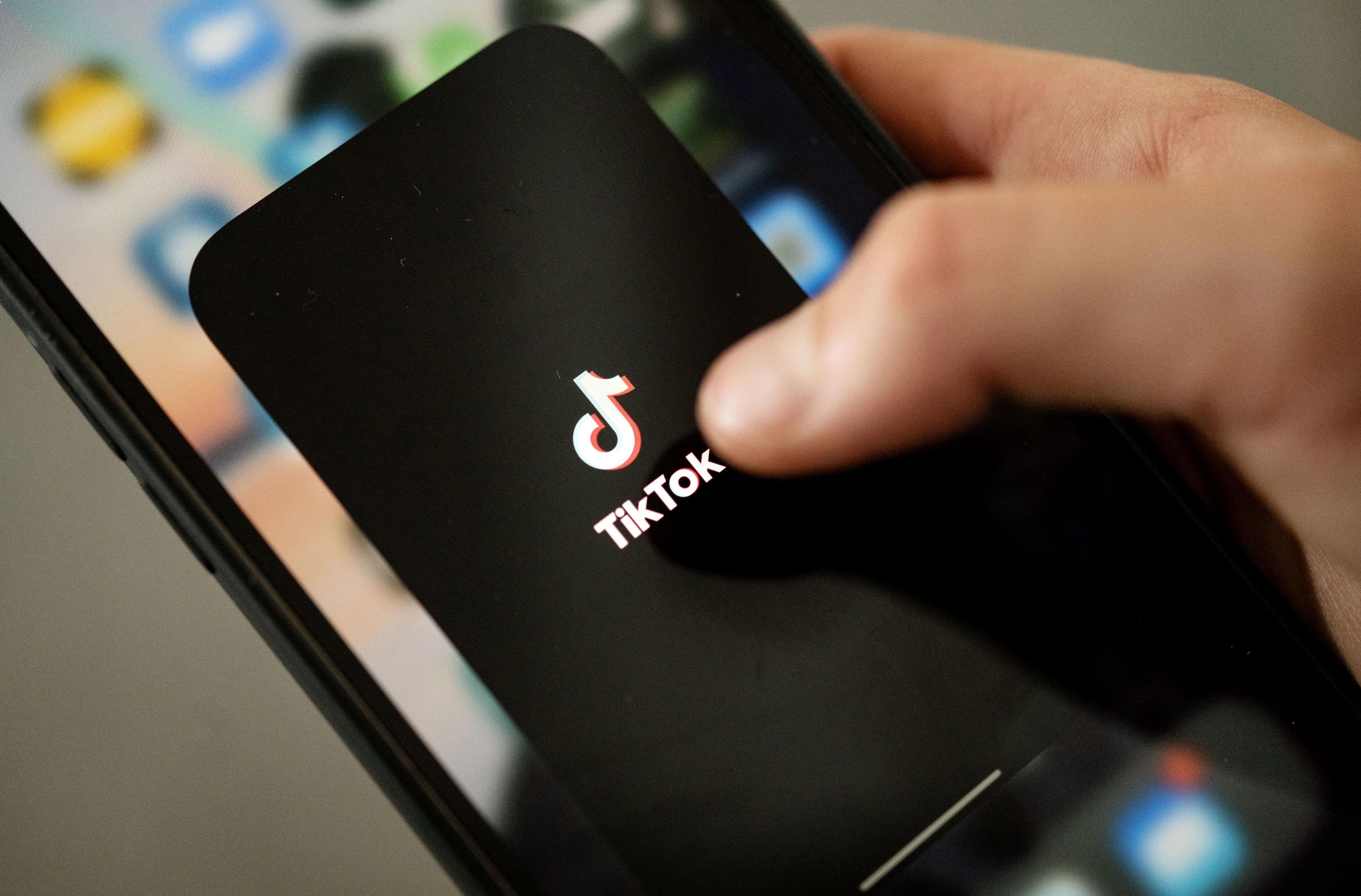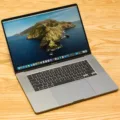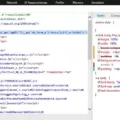Are you looking for a way to reformat your WD Elements external hard drive? Whether you’re using it as an additional storage device for your Mac, or trying to back up important data from your PC, the process of reformatting can be confusing. In this blog post, we’ll walk through the steps of reformatting WD Elements external hard drives, whether you’re using them on a PC or Mac.
Reformatting WD Elements external hard drives for Mac is a bit different than formatting them for PC use. First, make sure that your Mac recognizes the drive by connecting it via USB or ThunderBolt cable and checking in Finder under Devices & Drives section (or in Disk Utility). Once you’ve verified that it’s connected properly, launch Disk Utility from your Applications folder or by searching for it in Spotlight Search (cmd+Space bar).
Select your WD Elements external hard drive from the list of available disks and click Erase at the top of the Disk Utility window. Choose either Mac OS Extended (Journaled) or APFS as your file system type (depending on what version of macOS you’re running), enter a name for your disk if desired, then click Erase at the bottom right corner of this window. Wait until Disk Utility finishes erasing everything before proceeding with any other tasks on this disk. Now you can start using your external hard drive with your Mac just like before!
We hope that this post has been helpful in guiding you through reformatting WD Elements external hard drives for both PC and Mac devices! With these steps completed successfully, you should be able to get back up and running with minimal hassle!
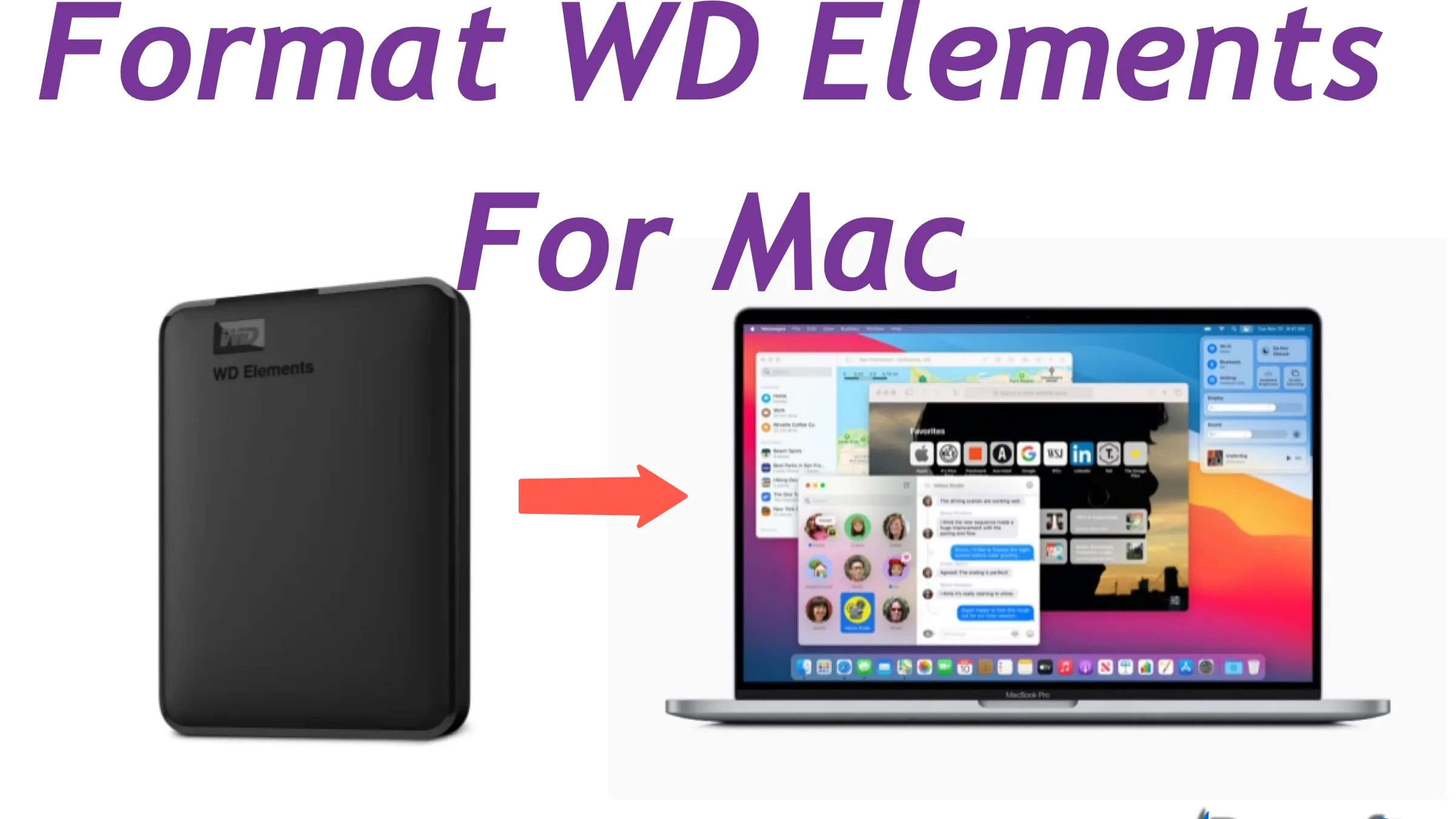
Formatting a WD Elements Drive for Mac
To format a WD Elements drive for Mac, start by connecting the drive to your Mac device. Then, open the disk utility option from your applications. Once you have opened the disk utility, select the hard drive you want to format from the list of available drives. After selecting it, choose the appropriate format option for your drive and click ‘Erase’. This will start formatting your WD Elements drive for Mac. Once it is done, you can start using it for storage purposes.
Initializing a WD External Hard Drive for Mac
Initializing your WD external hard drive for Mac is a simple process. First, make sure your computer is turned on, and then plug the external hard drive into your Mac. Once it is connected, open the Finder application on your Mac. If you do not see the WD external hard drive listed in the sidebar of the Finder window, navigate to the “Applications” folder and select “Utilities”. Here you will find the “Disk Utility” program which will allow you to access and manage all of your connected storage devices.
Once you have launched Disk Utility, look for your WD external hard drive listed in the left menu. Select it, and then click on “Erase” in the top toolbar of the Disk Utility window. From here you will be able to choose a name for your WD external hard drive as well as a file system format such as “Extended Mac OS (Journaled)” or “MS-DOS FAT32? depending on what type of files you plan to store on it. Once this is done, click on “Erase” at the bottom right corner of the window and wait until Disk Utility has finished initializing your WD external hard drive before ejecting it safely from your computer by dragging its icon to the Trashcan at the bottom right of your screen. Congratulations! You have now initialized your WD external hard drive for use with Mac devices!
Troubleshooting WD Elements Not Recognized on Mac
If your WD Elements external hard drive is not being recognized on Mac, there are a few possible causes. Firstly, make sure the hard drive is properly connected to your Mac with a compatible cable. Secondly, check that you have allowed external disks to be visible in Finder by going to Finder > Preferences > General and ticking the “External disks” option. You should also ensure that the “External disks” option under Locations on the Sidebar tab is ticked for it to appear on your Desktop. Finally, if your Mac does not recognize the hard drive, try restarting your computer or reformatting the hard drive to use a compatible file system such as exFAT or FAT32. If these steps do not work, please contact WD’s technical support team for further assistance.
Reformatting a Windows External Hard Drive for Mac
Yes, you can reformat a Windows external hard drive for Mac. To do this, open the Disk Utility app on your Mac and select the disk you wish to reformat. Then, click the “Erase” button at the top of the window and choose either the MS-DOS (FAT) or ExFAT format from the drop-down menu. Finally, click “Erase” to begin reformatting your external hard drive for Mac compatibility. Please note that reformatting will erase any data stored on the hard drive, so make sure to back up any important files before proceeding.
Formatting WD Elements for Mac and Windows
To format a WD Elements hard drive to be compatible with both Mac and Windows, you need to use the disk management tools provided by your operating system.
For Windows:
1. Connect the external hard drive to your Windows computer.
2. Press the Windows Key + R, type in ‘disk mgmt’ and press Enter.
3. In Disk Management, locate your WD Elements drive and right-click on it, then choose Format from the contextual menu.
4. Select either NTFS or exFAT as your File System, depending on which one will be more suitable for your needs, and click OK to start formatting the drive.
5. Once complete, you can now use the drive on both Mac and Windows computers without any compatibility issues.
For Mac:
1. Connect the external hard drive to your Mac computer and open Finder.
2. Select WD Elements from the left sidebar in Finder and click Erase in the top menu bar of the Finder window.
3. Choose either MS-DOS (FAT) or ExFAT as your Format type and give your external hard drive a name that is easily recognizable for you before clicking Erase button to start formatting it with the Mac OS Extended file system so that it can be used on the both Mac and Windows computers without any compatibility issues.
Formatting a Hard Drive for Mac
The best way to format a hard drive for your Mac is to connect the external hard drive to your computer, launch the Disk Utility application, select the external drive from the list of devices, and then click Erase. In the top menu of Disk Utility, you will be able to choose from several formatting options. We recommend that you format your drive using Mac OS Extended (Journaled) or APFS, both of which are compatible with all versions of macOS. Once you have chosen your preferred formatting option, click Erase and wait for the process to complete. Your new hard drive is now ready for use!
Reformatting a WD My Cloud Drive for Mac
Reformatting your WD My Cloud drive for Mac is a simple process. First, open Disk Utility from the Utilities folder. Next, select the WD drive (it will appear as an out-dented entry with the manufacturer’s ID and size) from the side list. Then, click on the Erase tab in the Disk Utility toolbar. In the drop-down panel, set the partition scheme to GUID. Set the name of the drive and format to Mac OS Extended (Journaled). Finally, click Erase to complete the reformatting process. Always remember to back up your data before reformatting a drive!
Getting Mac to Recognize External Hard Drive
First, check the connections between the external hard drive and your Mac. Make sure your hard drive has a sufficient power supply and that the USB ports are not loose. Try plugging the external hard drive into another USB port on your Mac, and make sure to plug it in slowly. If that doesn’t work, try restarting your Mac or resetting your System Management Controller (SMC). If none of these steps work, you may need to reset the device’s firmware. You can find instructions on how to do this online. Additionally, you can contact Apple Support for further assistance.
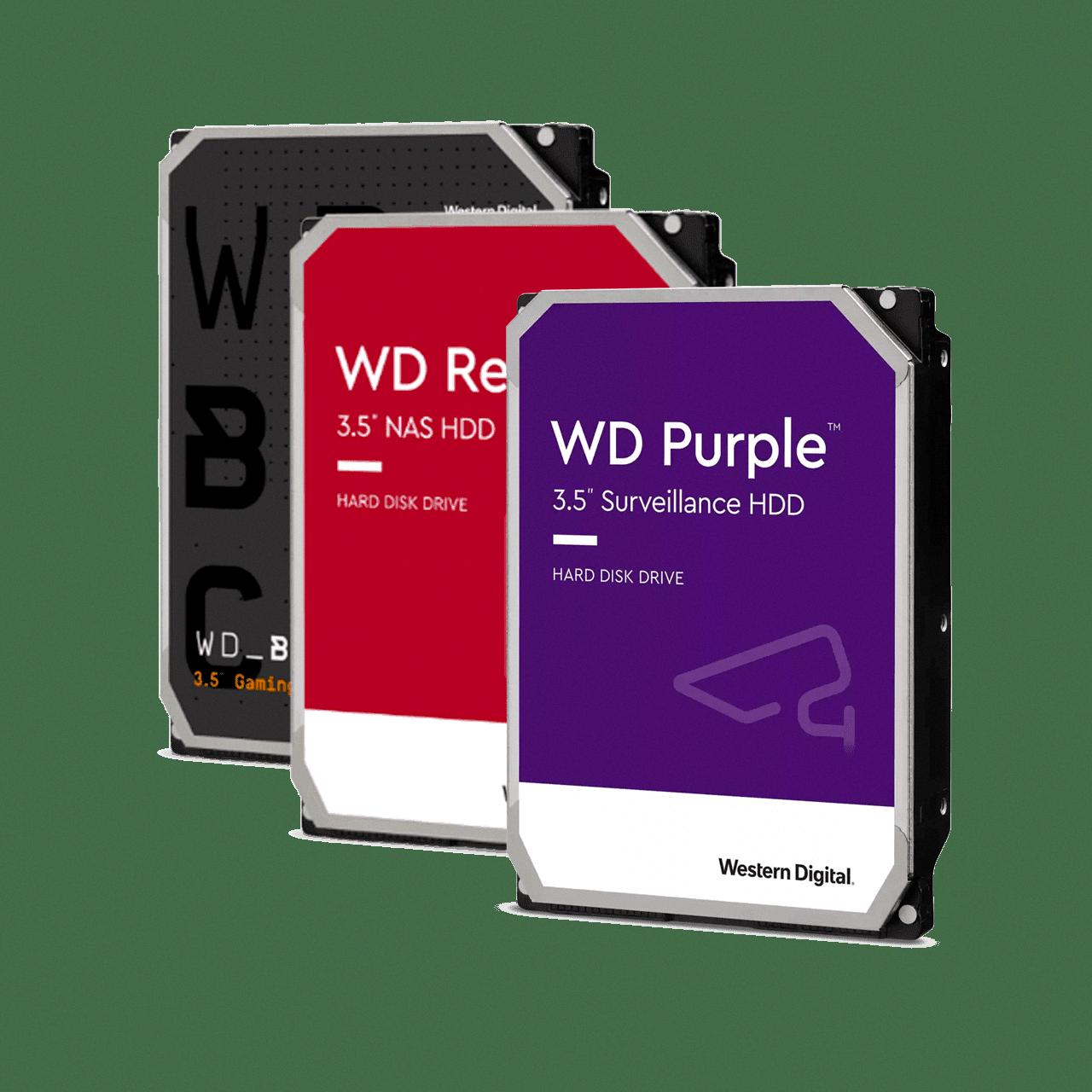
Source: westerndigital.com
Troubleshooting Mac Not Recognizing External Hard Drive
There could be a few reasons why your Mac is not recognizing your external hard drive. First, you should check to make sure the power supply and cable are properly connected and working. If that doesn’t solve the issue, then it could be that your drive is formatted incorrectly for your Mac. In this case, you can use Disk Utility to reformat the drive in a compatible format such as ExFAT or APFS. It’s also possible that the drive has become corrupted or damaged. In this case, you should try using disk repair tools such as Disk Warrior or Drive Genius to diagnose and repair any issues with the drive.
Troubleshooting Issues with Mac Not Reading External Hard Drive
There are a few possible reasons why your Mac isn’t reading your external hard drive. First, it could be that the hard drive is formatted in a file system that is not compatible with macOS, such as NTFS or HFS+. Second, the USB cable connecting the hard drive to your Mac could be loosely connected or frayed. Third, the external hard drive may be damaged or corrupted and needs to be repaired or replaced. Lastly, it’s possible that there is an issue with the settings on your Mac itself. To troubleshoot this issue, try checking all of these possibilities and see if any of them resolve the issue.
Troubleshooting WD Elements Not Being Recognized
It is possible that your WD Elements External Hard Drive is not being recognized due to a driver issue. To try and diagnose this issue, first, go to the driver’s tab and delete/uninstall the driver. If this does not work, reboot or restart your PC and then check to see if the drive appears in My Computer/My PC. If it still doesn’t show up, it could be an issue with the ports you are using or with the drive itself and may require more in-depth troubleshooting.
Conclusion
In conclusion, reformatting a WD Elements hard drive for use on a Mac can be a relatively straightforward process. By connecting the hard drive to your Mac-powered device, accessing the Disk Utility in Finder, and selecting the format option, you can erase the drive and get it ready for use. Additionally, if you want to format a WD My Passport drive for use on your Mac, you can navigate to Finder > Preferences > General and make sure the “External disks” option is ticked in order for your WD hard drive to show up on the Desktop. Finally, you can launch Disk Utility and select “Extended Mac OS (Journaled)” as your format option before ejecting your drive. With these steps, you should have no problem reformatting a WD Elements or My Passport hard drive for use on your Mac.

